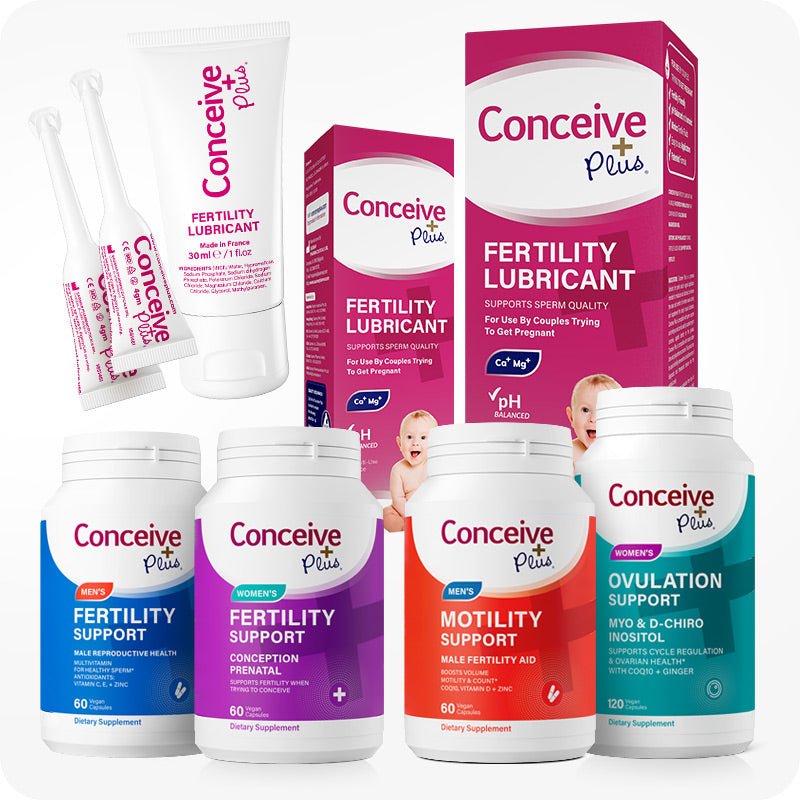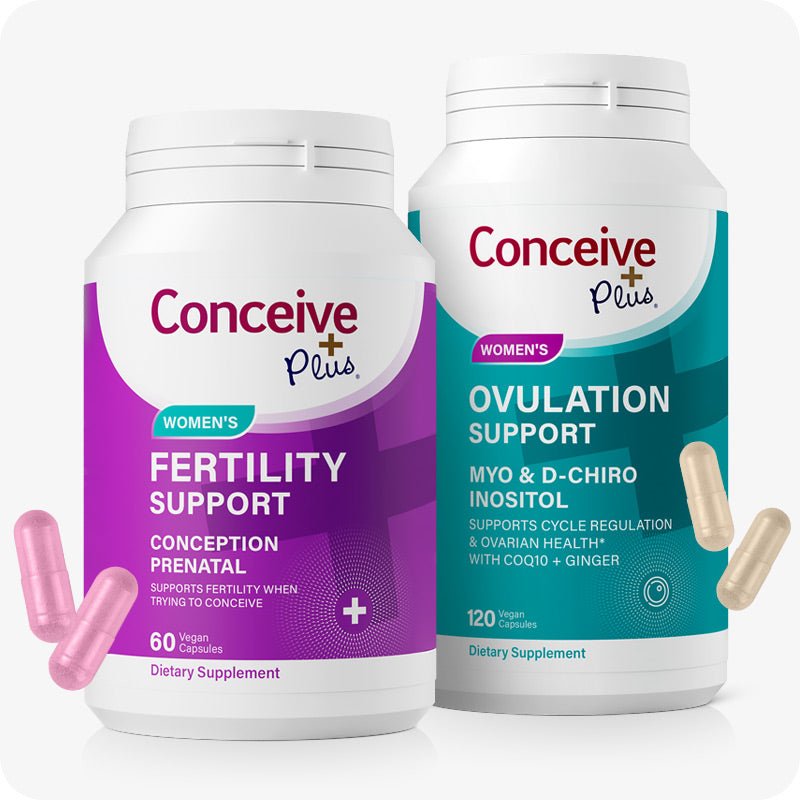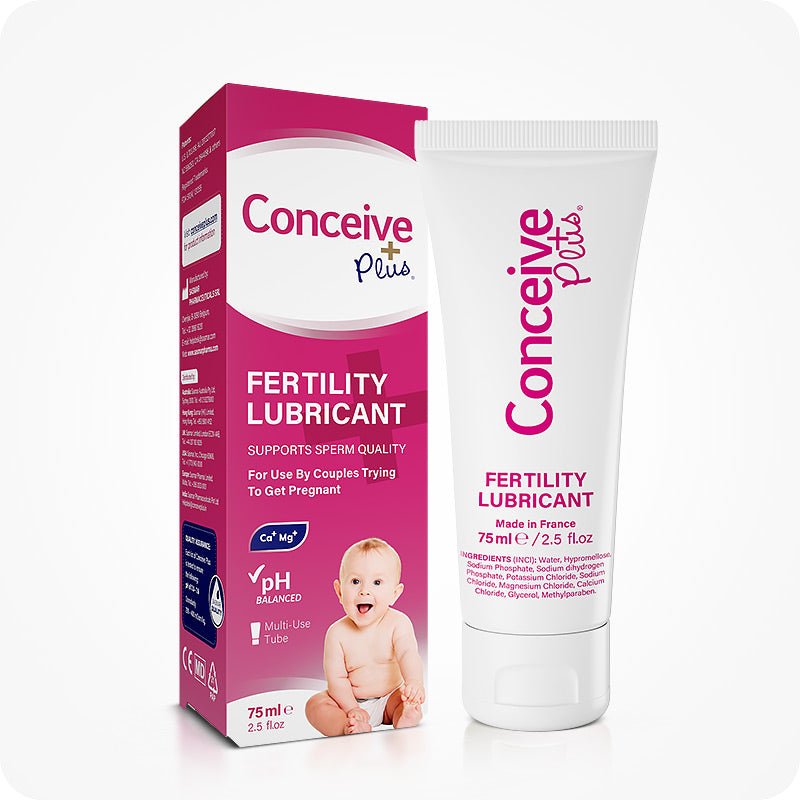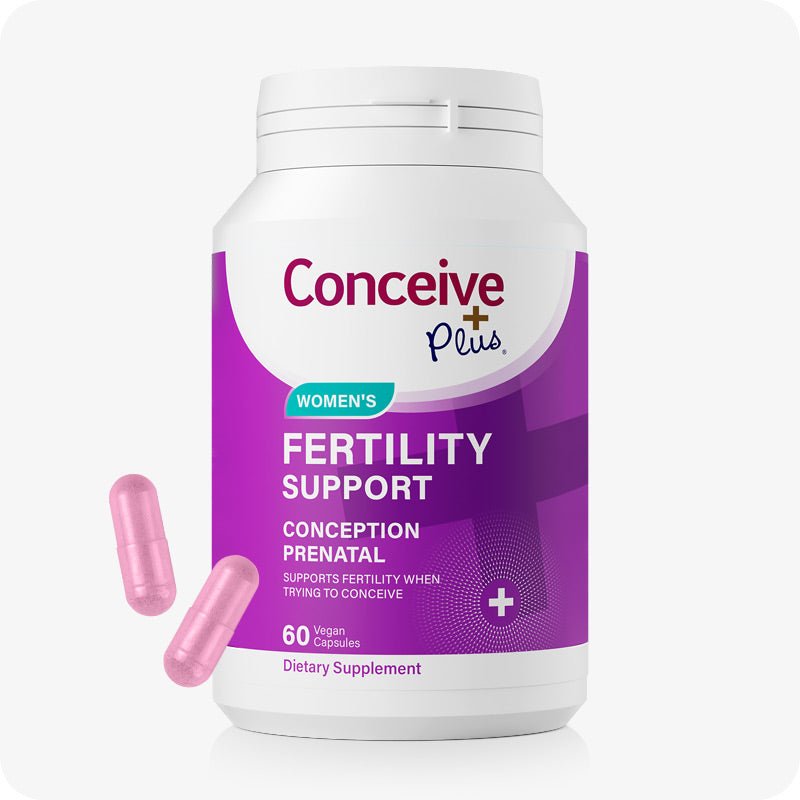Uterus and Cervix: Anatomy, Role, and Importance
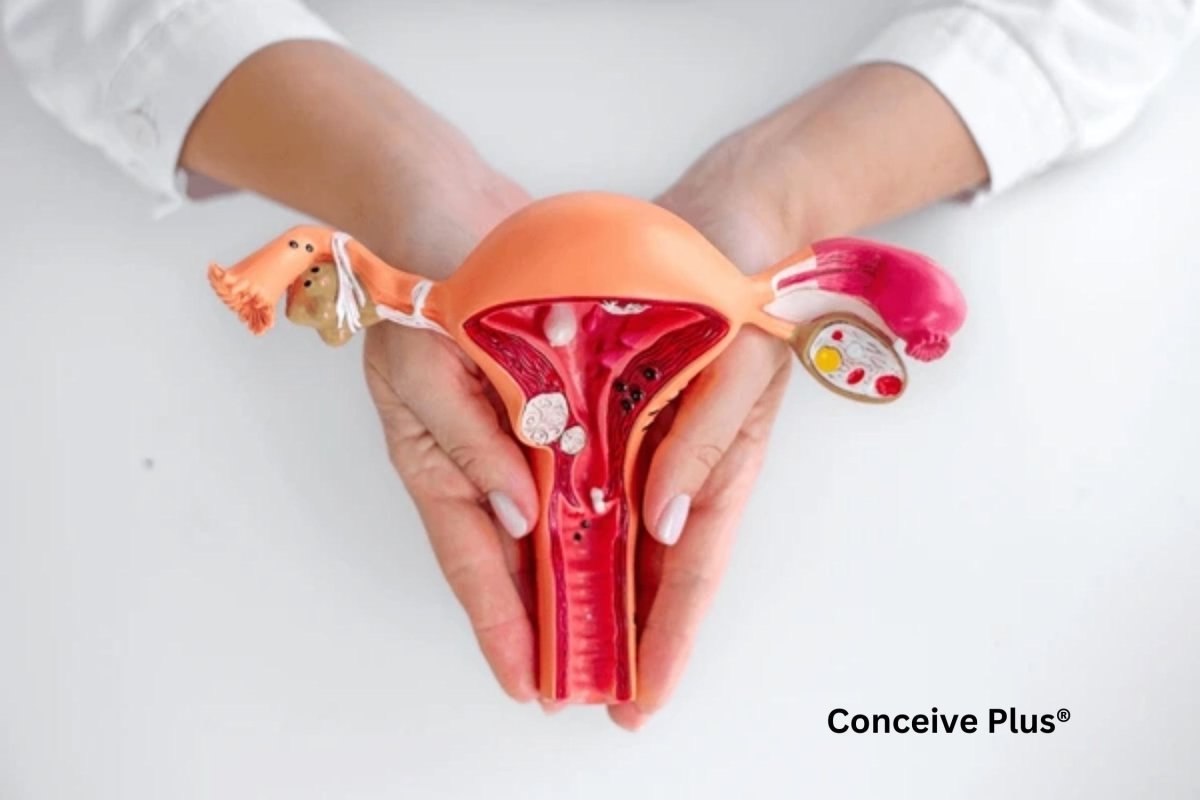
The uterus and cervix are essential parts of the female reproductive system. They play a significant role in menstruation, reproduction, and supporting pregnancy.
The uterus is a pear-shaped organ positioned between the bladder and rectum. It supports the pregnancy from implantation to labor [1]. The cervix, on the other hand, is the lower part of the uterus. It serves as a gateway, allowing sperm to enter and menstrual blood to exit [2].
In this article, we will study the uterus and cervix in detail, their anatomy, function, and health conditions that can affect these reproductive organs. This article also includes tips to support uterus cervix health.
Uterus: Central Role in Fertility and Pregnancy
The uterus, also known as the womb, is a pear-shaped organ located deep in the abdomen or pelvis. You can spot it between the bladder and the rectum in any female reproductive anatomy image.
Anatomy of the Uterus
The uterus has three main layers:
- Endometrium: This is the innermost lining of the uterus. It thickens during the menstrual cycle to prepare for a fertilized egg. When pregnancy occurs, the fertilized egg implants into this layer of the uterus. However, if pregnancy does not occur, this lining sheds during the menstrual phase of the female reproductive cycle [3].
- Myometrium: Myometrium is the middle layer of the uterus and it consists of smooth muscle tissue. During childbirth, these muscles contract to facilitate the expel of the baby and other contents outside the body.
- Perimetrium: The perimetrium is the outermost layer that protects the uterus. It helps maintain the uterus's structural integrity and provides a smooth, lubricated surface that reduces friction with surrounding organs.

Role of the Uterus in Reproduction
The uterus is the most essential organ for reproduction and pregnancy. Firstly, it allows the sperm cells to travel through it and reach the fallopian tube, where the female egg is available for fertilization.
When fertilization occurs, the uterus then provides a safe space for the fertilized egg to implant and grow into a baby. During pregnancy, the uterus undergoes significant changes to support the growing fetus in the womb. Understanding the pregnant woman anatomy is crucial for appreciating how the uterus and cervix adapt and function during pregnancy, from conception to delivery. It grows from the size of a small orange before pregnancy to the size of a watermelon by the end of pregnancy [4].
The uterine lining provides nutrients to the developing fetus until the placenta starts functioning properly. The uterus also protects the fetus by cushioning it and maintaining a stable environment within the amniotic sac. When the pregnancy ends, the uterus contracts to help deliver the baby.
Cervix: Gateway to the Uterus
Women unaware of the anatomy of the female reproductive system might ask questions like, is the cervix part of the uterus or what are cervix vs uterus differences.
The cervix is the lower part of the uterus that connects it to the vagina. It acts as a passageway between the uterus and the external environment. This explains uterus versus cervix difference and answers the question, is cervix part of uterus.
Anatomy of the Cervix
The cervix has two main parts:
- Ectocervix: The ectocervix is the outer part of the cervix that can be seen during a pelvic exam. It is the area where the cervix meets the vagina and is the opening that allows menstrual blood to flow out.
- Endocervix: The endocervix is the inner part of the cervix that leads into the uterus. It is a canal that helps protect the uterus and plays a role in helping sperm travel during conception.

Role of the Cervix in Reproduction
The cervix of uterus produces cervical mucus, which changes during ovulation to help sperm travel to the egg. The cervix also acts as a protective barrier, preventing harmful bacteria from entering the uterus.
During pregnancy, the cervix forms a mucus plug that seals the uterus and protects the baby from infections [5]. The cervical length is important in maintaining pregnancy, as a shorter cervix can increase the risk of preterm labor. As pregnancy approaches the end, the cervix of the uterus softens, shortens, and dilates to prepare for childbirth.
Conditions That Can Affect the Uterus
The following conditions can impact the uterus:
- Uterine Fibroids: Uterine fibroids are noncancerous growths in the uterus. Having uterine fibroids can cause heavy periods, pain, or difficulty getting pregnant. Fibroids can also affect pregnancy by increasing the risk of preterm labor.
Reports show that only about 10% of fibroids resolve on their own [6]. Remaining cases require treatment, including medication, surgery, or non-invasive procedures like uterine artery embolization.
- Endometriosis: Endometriosis occurs when tissue similar to the uterine lining grows outside the uterus. It can cause severe pain, irregular periods, and infertility.
A 2022 study shows that women with endometriosis have a higher risk of preterm birth compared to women without endometriosis [7]. Treatment options for endometriosis include pain management, hormone therapy, and surgery to remove excess tissue.
- Uterine Polyps: Uterine polyps are small growths in the lining of the uterus. They can lead to irregular bleeding or interfere with conception.
Studies show that women with endometrial polyps have a higher risk of miscarriage [8]. Surgical removal of the small growths is an effective treatment option to restore uterine functioning.
Conditions That Can Affect the Cervix
Here are some conditions that can affect the cervix:
- Cervical Insufficiency: Cervical insufficiency is when the cervix opens too early during pregnancy, increasing the risk of miscarriage or preterm birth. People with previous surgeries and trauma have a higher risk of developing cervical insufficiency. Treatment includes a cervical cerclage — stitching the cervix — or bed rest to support pregnancy.
- Cervical Dysplasia: Cervical dysplasia involves abnormal cell growth on the cervix. Human papillomavirus, or HPV, is a common cause of cervical dysplasia. Untreated cervical dysplasia can lead to cervical cancer [9]. Cryotherapy or removing abnormal cells are effective treatment options to relieve this condition.
- Cervical Infections: Infections like chlamydia or gonorrhea can inflame the cervix and can lead to complications in pregnancy, such as preterm labor. The cervix is more prone to infection during pregnancy since it becomes more sensitive under the influence of pregnancy hormones. Antibiotics are common and effective treatment to resolve the infection and protect the baby.
Tips to Maintain Uterine and Cervical Health
Maintaining the health of your uterus and cervix is essential for fertility and pregnancy health. Here are some effective tips that can help you maintain uterine and cervical health:
-
Regular Checkups
Routine gynecological exams are important to monitor the health of the uterus and cervix. For example, Pap smears — screening for cervical cancer — can detect abnormal cells early, reducing the risk of cervical cancer [10]. Regular checkups also allow your doctor to identify and treat conditions like fibroids or infections early on to avoid complications.
-
HPV Vaccination
Getting the HPV vaccine protects against the most common strains of the virus that are associated with cervical cancer. The vaccine is safe and effective and is recommended for both males and females ages 11 and 12 by the American Urological Association [11].
-
Healthy Diet
A balanced diet rich in fruits, vegetables, and whole grains supports reproductive health by providing essential nutrients. You can get nutrients essential for reproductive functioning, like folic acid, iron, calcium, and omega-3, from such foods. In contrast, avoid processed foods and excessive sugar, as they can negatively impact hormone levels and harm the uterus with cervix health.
-
Avoid Smoking and Alcohol
Smoking has a negative impact on the immune system [12]. It can lower your body’s ability to fight infections like HPV. Excessive alcohol use can disrupt hormone levels and negatively affect fertility. Quitting smoking and limiting alcohol intake can significantly improve reproductive health and chances of conception if you are planning to conceive.
-
Consider Fertility Supplements
Fertility supplements can help fill the nutritional gaps in your diet. They can lower the risk of nutritional deficiencies, such as folic acid deficiency or iron deficiency, that might impact your reproductive health and chances of conception. Fertility supplements also provide antioxidant nutrients like vitamins A, C, and E, which protect the uterus, cervix, and overall reproductive health from oxidative stress.
Conclusion
The uterus and cervix are a part of female reproductive anatomy and play major roles in reproduction. The uterus facilitates the implantation of a fertilized egg to it by creating a pregnancy friendly environment. After implantation, it starts to nourish the embryo and protect it from an unsafe external environment.
Cervix undergoes many changes during the ovulation days to allow the swim of sperm cells into the female reproductive tract. The mucus secreted by the cervix serves as a barrier for harmful foreign microbes. It also has a significant role during labor, where it softens and dilates to help expel the baby out.
Any condition affecting the uterine and cervix can risk your fertility health and pregnancy if you are pregnant. You can maintain the health and support the functioning of these organs with the help of dietary and lifestyle modifications.
Resources Used
- Gasner, A., & A, A. P. (2023, July 30). Physiology, Uterus. StatPearls - NCBI Bookshelf. https://www.ncbi.nlm.nih.gov/books/NBK557575/
- Professional, C. C. M. (2024a, May 1). Cervix. Cleveland Clinic. https://my.clevelandclinic.org/health/body/23279-cervix
- Thiyagarajan, D. K., Basit, H., & Jeanmonod, R. (2024, September 27). Physiology, Menstrual Cycle. StatPearls - NCBI Bookshelf. https://www.ncbi.nlm.nih.gov/books/NBK500020/
- Normal Uterus Size During Pregnancy. American Pregnancy Association. https://americanpregnancy.org/healthy-pregnancy/pregnancy-health-wellness/uterus-size-during-pregnancy/
- Hansen, L. K., Becher, N., Bastholm, S., Glavind, J., Ramsing, M., Kim, C. J., Romero, R., Jensen, J. S., & Uldbjerg, N. (2013). The cervical mucus plug inhibits, but does not block, the passage of ascending bacteria from the vagina during pregnancy. Acta Obstetricia Et Gynecologica Scandinavica, 93(1), 102–108. https://doi.org/10.1111/aogs.12296
- Sohn, G. S., Cho, S., Kim, Y. M., Cho, C., Kim, M., & Lee, S. R. (2018). Current medical treatment of uterine fibroids. Obstetrics & Gynecology Science, 61(2), 192. https://doi.org/10.5468/ogs.2018.61.2.192
- Breintoft, K., Arendt, L. H., Uldbjerg, N., Glavind, M. T., Forman, A., & Henriksen, T. B. (2022). Endometriosis and preterm birth: A Danish cohort study. Acta Obstetricia Et Gynecologica Scandinavica, 101(4), 417–423. https://doi.org/10.1111/aogs.14336
- Yanaihara, A., Yorimitsu, T., Motoyama, H., Iwasaki, S., & Kawamura, T. (2008). Location of endometrial polyp and pregnancy rate in infertility patients. Fertility and Sterility, 90(1), 180-182. https://doi.org/10.1016/j.fertnstert.2007.05.072
- Lycke, K. D., Kahlert, J., Petersen, L. K., Damgaard, R. K., Cheung, L. C., Gravitt, P. E., & Hammer, A. (2023). Untreated cervical intraepithelial neoplasia grade 2 and subsequent risk of cervical cancer: population based cohort study. BMJ, e075925. https://doi.org/10.1136/bmj-2023-075925
- Screening for Cervical Cancer. (2024, December 11). Cervical Cancer. https://www.cdc.gov/cervical-cancer/screening/index.html
- HPV Vaccination for Males and Females - American Urological Association. (n.d.). https://www.auanet.org/about-us/aua-statements/hpv-vaccination-for-males-and-females
- Qiu, F., Liang, C., Liu, H., Zeng, Y., Hou, S., Huang, S., Lai, X., & Dai, Z. (2016). Impacts of cigarette smoking on immune responsiveness: Up and down or upside down? Oncotarget, 8(1), 268–284. https://doi.org/10.18632/oncotarget.13613






